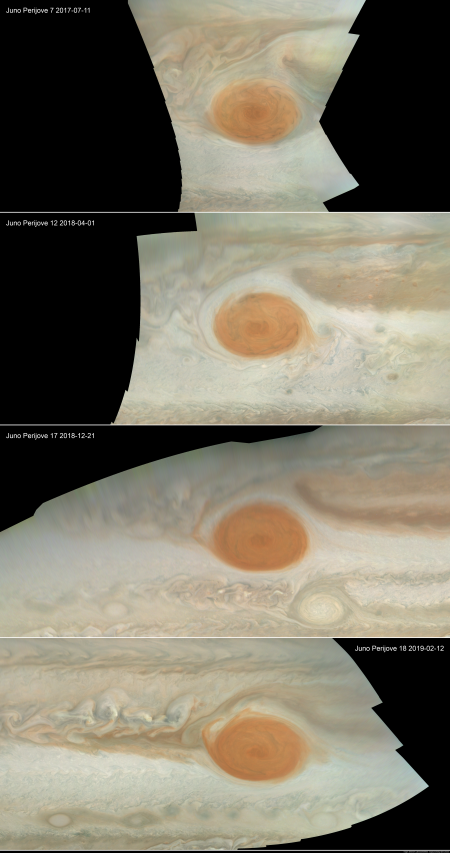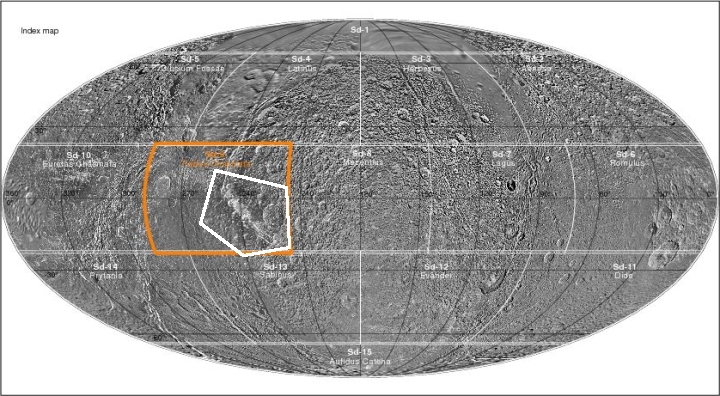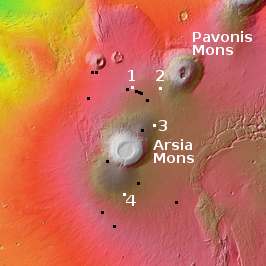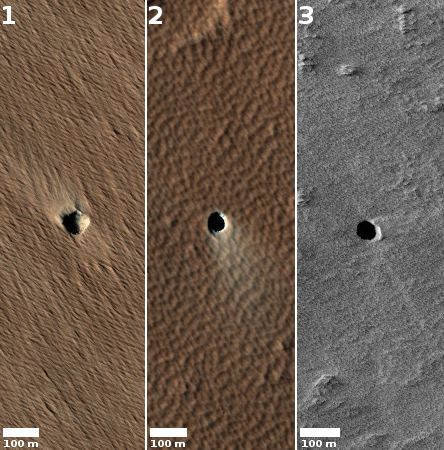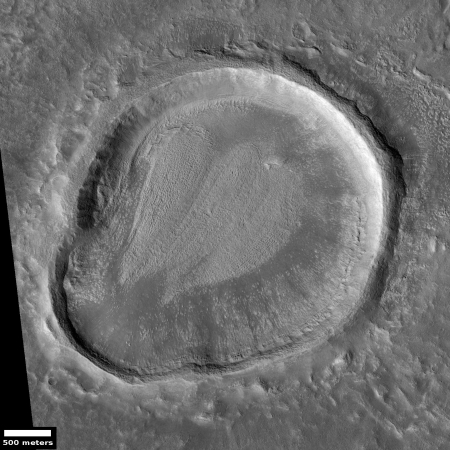Hayabusa-2 begins second touch&go sample grab on Ryugu
The Hayabusa-2 science team has begun the approach to Ryugu for the spacecraft’s second tough-and-go sample grab.
The link outlines the plan and timing of the operation. You can view real-time images taken by the probe’s navigation camera here. The actual touchdown will take place on July 11 (Japan time).
You can also view a set of stereoscopic images of Ryugu produced by Brian May, lead guitarist of Queen who clearly wants to return to his roots as a trained astrophysicist.
As they note at the first link:
The 2nd touchdown is the last big operation at Ryugu for the Hayabusa2 project. We will proceed with caution and the upmost care. Please wish us success…!
If successful, their next big operation will be getting those samples back to Earth.
The Hayabusa-2 science team has begun the approach to Ryugu for the spacecraft’s second tough-and-go sample grab.
The link outlines the plan and timing of the operation. You can view real-time images taken by the probe’s navigation camera here. The actual touchdown will take place on July 11 (Japan time).
You can also view a set of stereoscopic images of Ryugu produced by Brian May, lead guitarist of Queen who clearly wants to return to his roots as a trained astrophysicist.
As they note at the first link:
The 2nd touchdown is the last big operation at Ryugu for the Hayabusa2 project. We will proceed with caution and the upmost care. Please wish us success…!
If successful, their next big operation will be getting those samples back to Earth.


